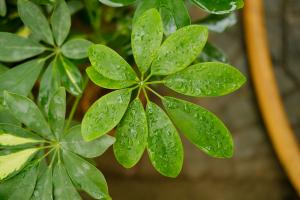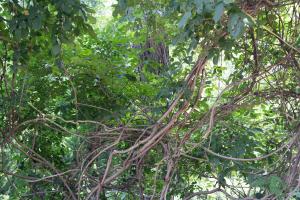Ferment
After composting and fermentation before the use of rotten fertilizer, microorganisms decompose the residues and feces of mobile plants into components that can be absorbed by plants; Non decomposed fertilizer is not fermented before use. If it is directly applied, the fermentation will be completed in the soil
Oxygen
Rotten fertilizer needs a lot of oxygen during fermentation, which will produce a lot of heat and toxic gases, but it will not compete with plants for oxygen when applied; However, when the non decomposed fertilizer is applied, the fermentation is completed in the soil, which will compete for oxygen with the plants, and the heat generated will burn the roots
Impurity
There are few impurities in rotten fertilizer, and there are a lot of bacteria and insect eggs in non rotten fertilizer, so plants are vulnerable to diseases and insect pests

Gas
Earthworms can survive in the soil with rotten fertilizer, loosen the soil and promote the development of plant roots; However, there are phenol or ammonia residues in non decomposed fertilizer, which is not suitable for earthworms to survive
Utilization rate
Part of the nutrients of the decomposed fertilizer are transformed into quick acting nutrients, which can be quickly absorbed by plants; The nitrogen fertilizer in non decomposed fertilizer exists in the form of uric acid or urate, which is not only unable to be absorbed by crops, but also harmful to the growth and development of crop roots


 jackfruit
jackfruit snake plant
snake plant hibiscus
hibiscus hydrangea
hydrangea lavender
lavender Green roses climb al...
Green roses climb al... If you don't pay att...
If you don't pay att... Management of four g...
Management of four g...
































